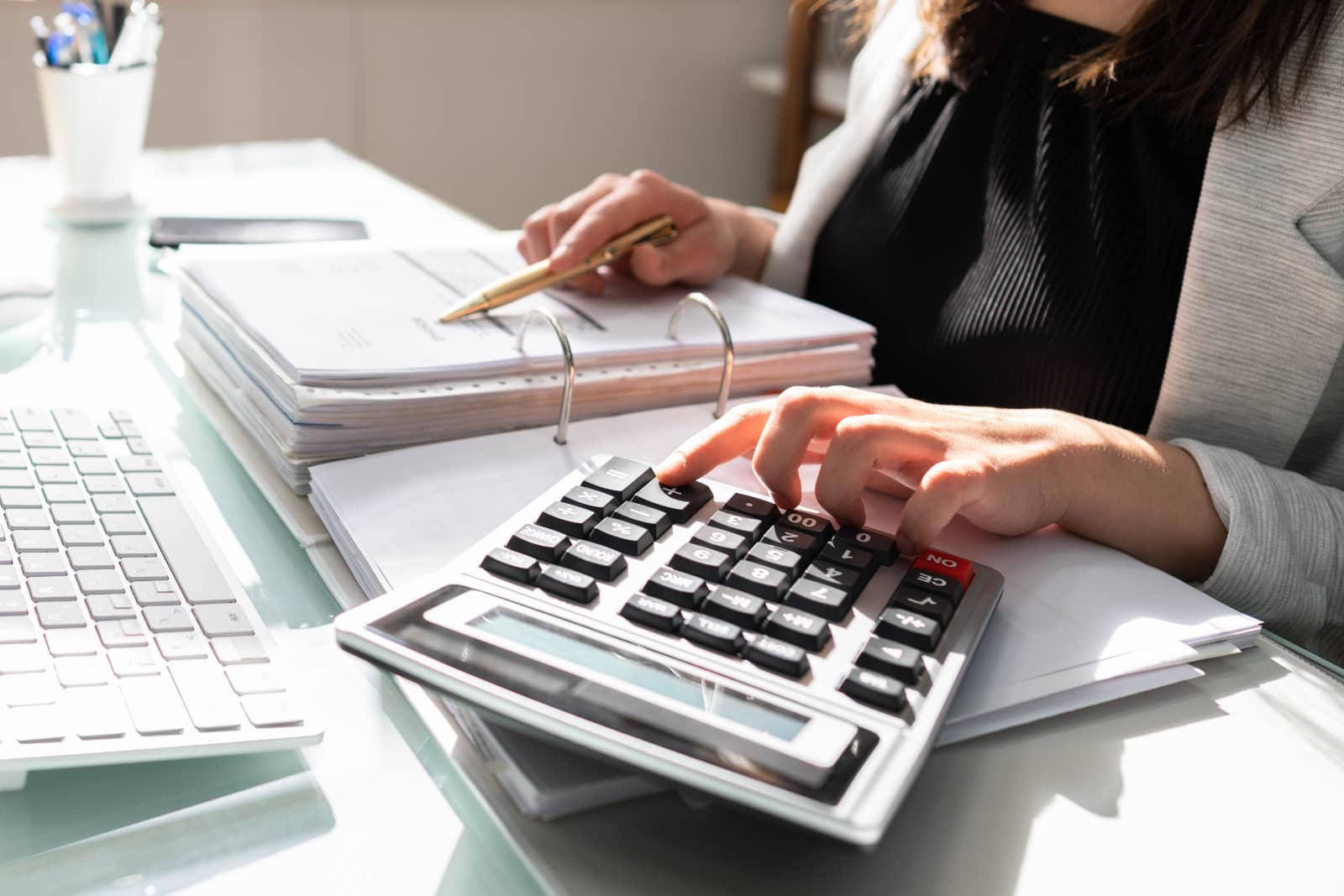An increasing number of people are choosing to become self-employed contractors or freelancers. It might be to earn a little extra on top of working for an employer, or it might be the only type of work they choose to do.
Often referred to as the “gig economy”, what began as odd jobs sourced online now operates across most industries and service sectors. Gig work can be infrequent and only an hour or two at a time. Or it may involve running several different gigs at the same time, instead of a full-time position.
Why do people hire gig workers?
For many organisations, freelance contractors and gig workers provide valuable flexibility, allowing them to quickly fill skill or labour shortages for specific projects, peak periods or seasonal work. They can easily scale up and back down again to seize opportunities or match demand. Between peaks, they don’t have to carry the ongoing responsibilities and expenses of recruiting, training and employing a full workforce. In short, self-employed gig workers can help organisations to be more nimble and cost efficient than their competitors.
What are the benefits and challenges of gig work?
Everyone has their own needs and preferences when it comes to earning an income. An insignificant downside to some can be a complete deal breaker for others. So here are the main features of gig work compared to working for an employer. Only you can decide which are pros, cons or neutrals for you and your situation.
Some features of gig work:
- More control over the hours you work and the pay you’ll accept.
- The opportunity to choose different types of work.
- Jobs are usually easier to cancel, by either party, if things aren’t working out.
- If you’re sick or on holiday you don’t get paid.
- The agreed pay rate can be different for each job and there’s no legal minimum wage.
- You usually apply for work more often.
- Getting credit or a home loan might be more difficult, as your income is less secure.
- You’re responsible for your own accounting and tax returns.
Tax tips for gig workers
We’ll cover these in more detail later in this article, but here’s a quick heads up on your tax obligations as a self-employed freelancer, contractor or gig worker.
Tax payments: You have to set aside and pay tax on all income sources, unless it’s already been paid to Inland Revenue by someone else, such as a temp agency that pays you directly for various jobs they arrange.
ACC levies: ACC will invoice you for levies based on your income and the type of work you do. They get your annual income from Inland Revenue and you choose a business industry classification code (BIC) to suit your type of work. Some types are associated with higher accident claims, so attract a higher levy. If you have more than one BIC you should use the one with the highest levy rate. If you contact ACC they can help you choose the right BIC and estimate what your levies are likely to be, so you know how much to set aside.
Business expenses: You can subtract expenses related to your self-employed work from your income before working out how much tax you have to pay. This is often called claiming expenses. However, you have to keep detailed receipts for seven years, in case Inland Revenue audits your tax returns.
GST: If your self-employed income is likely to be more than $60,000 in the next tax year, you need to register for GST and add GST to what you charge. If you earn less you can still charge GST if you wish. You then pay that GST to Inland Revenue, minus the GST you’ve paid on claimable business expenses. As above, GST receipts must be kept for seven years for all claimed expenses.
NZBN: Sole traders can get a free New Zealand Business Number (NZBN). This unique identifier for your business is optional, but can make it quicker and easier to share your details with clients and other businesses. You just give them your NZBN and they can look up all your details online.
Accounting help: Accounting software can make things a lot easier. Also, an accountant or tax agent can help ensure you’re meeting all your obligations and not paying more tax than you need to.
So, if you’re still interested in gig work or keen to know more, we’ll now dive into more detail on the above brief points.
Paying tax when you have several jobs
If you’re a self-employed contractor, freelancer or gig worker, the simplest business structure is to be a sole trader, rather than a company or partnership. There’s nothing legal to set up, but you are personally liable for any debts. If you want to find investors, grow the business or eventually sell it, you can always change to a company later if that helps.
Inland Revenue number, GST number and BIC code
As a sole trader you can simply use your personal Inland Revenue (IRD) number when paying tax and it will be your GST number when you register for GST. As mentioned above, when you file a tax return or register for GST, you’ll choose a BIC code that describes the type of work you spend most of your time doing as a sole trader.
Income tax forms for sole traders
At the end of the tax year, sole traders use an IR3 form to file their tax return. You have to include all sources of income, including things like bank account interest and power company dividends. If any income has already been taxed you need to check that Inland Revenue has recorded it in the appropriate section of the form. For example, this might happen if an agency paid you directly for contract work at other organisations. It could also happen if a client agreed to withhold tax from what they pay you and pay it to Inland Revenue themselves. These are known as schedular payments.
If you are to receive scheduler payments, the organisation paying them to you (after deducting tax) will ask you to fill out an IR330C form. This tells them the tax rate you want them to use. It can be any rate, but getting it right means less chance of having to pay an unexpected amount of tax at the end of the year.
Whether you receive schedular payments or not, you are still responsible for:
- Filing an IR3 at the end of each tax year.
- Calculating any qualifying business expenses and deducting them from your total income.
- Paying tax on all remaining untaxed income.
- Paying ACC levies, KiwiSaver contributions, student loan repayments and child support payments as required.
Clearly, it’s important to know what you are likely to have to pay and when, then set aside a suitable part of your earnings as they come in during the year.
How to claim business expenses as a sole trader
Expenses related to earning a taxable income can be subtracted from your annual income before calculating the tax you have to pay. It’s known as claiming a tax deduction. You have to keep detailed records of each year’s income and expenses (receipts/invoices) for seven years, in case Inland Revenue audits your tax accounting.
- If you’re not registered for GST, the business expenses you claim should be the GST inclusive amount.
- If you are registered for GST, you claim the GST portion of business expenses separately, (see below), so can only deduct the ex-GST amount from your income.
Claiming for things you’ll keep or could resell
If you buy something reasonably major for your work – like a computer, machinery or other equipment – that you’ll keep for more than a year or could later sell, it’s known as a capital asset.
Instead of claiming the full purchase price in the year you buy it, you claim its loss in value each year you own it. This is known as claiming annual depreciation. Inland Revenue provides suitable percentage depreciation values for different types of assets. If it’s below a minimum purchase value, currently $1,000, the asset can be fully claimed in the first year.
At the end of each year the asset has a lower “book” value. If you eventually sell the asset for more than its book value at the time, you have to add the difference onto your income for that year and pay tax on it. If you sell it for less you can claim the difference.
If you’re registered for GST you claim the entire GST portion in the first year and use ex-GST values when depreciating. If you’re not registered for GST you use the GST inclusive values.
When only part of an expense is for business purposes
When an expense covers both personal and business you can only claim the percentage related to business use. Examples can include:
A vehicle: You keep a log book to work out your percentage business use. You could do this continuously or for a few months from time to time to get a typical estimate. From there you can use a percentage of either Inland Revenue’s kilometre rates or your actual vehicle expenses.
A home office: You usually use the office floor area as a percentage of your home’s total floor area to claim a percentage of qualifying expenses like power, rates, mortgage interest or rent, carpet cleaning etc. You can claim 50% of a private phone landline rental and 100% of any business toll calls. Internet costs can be claimed at a percentage you can prove is fair and reasonable.
For more on expenses, including business-related entertainment and meals away from home, see the Inland Revenue website section on types of business expenses.
How to pay GST as a sole trader
If you expect to earn more than $60,000 through self-employed taxable activity in the next year, you have to register for GST. If not, it’s optional.
If you’re registered for GST you have to:
- Include GST in what you charge.
- File a GST return and pay the GST you have collected, less the GST component of any claimed expenses (see above), to Inland Revenue at regular intervals during the year. The interval is known as your filing frequency and you can choose one month, two months or six months.
- Keep a record of GST invoices you have issued and GST receipts or invoices for claimed business expenses for seven years.
For more information see registering, calculating, claiming, filing and paying GST as well as our handy GST Calculator.
Paying ACC levies when you’re self employed
ACC levies are designed to cover the cost of injuries caused by accidents. They don’t provide cover if you can’t work because of sickness. Inland Revenue provides ACC with your BIC code, IR3 income summary and contact details. ACC then sends you an invoice each year.
As a self-employed person your annual ACC invoice will include the:
- Work levy – which is based on your BIC.
- Earners’ levy – for the 2022 tax year this was $1.21 per $100 (ex GST) of your liable income.
- Working safer levy – for the 2022 tax year this was 8 cents per $100 liable income.
Self-employed people can choose from two types of ACC cover:
- CoverPlus – pays 80 percent of your most recently completed financial year’s income, in weekly installments. It’s usually invoiced in September each year. You automatically get CoverPlus unless you choose CoverPlus Extra.
- CoverPlus Extra – lets you choose an annual income that weekly payments would be based on. It also gives you the option of either 100 percent weekly payments until you’re back to full-time work, or payments that step down as you build back up to your normal working hours. All of these options affect your levy. It’s usually invoiced in April each year.
CoverPlus Extra might suit if you:
- Are new to self-employment and don’t have an income history, but want certainty around your cover.
- Have an irregular or hard to predict annual income, but want a known level of cover
- Want a higher or lower level of cover than your income.
The ACC website has more about ACC levies and ACC cover for self-employed people.
Getting accounting and tax support
Accounting software can link to your bank accounts making it easy for you to reconcile payments and expenses into standard categories, ready for your tax return. It can also work out your GST returns for you and file them directly with Inland Revenue. The software is usually available on a subscription basis to spread the cost out. It’s also a tax deductible business expense.
Getting professional advice from an accountant or tax agent can help ensure you have the best arrangements for your situation, can plan ahead with confidence and claim all the refunds you’re entitled to. The advice you get and the time it might save you can easily end up saving you more than the cost involved. Accountancy fees are also tax deductible. See how a good accountant can support business growth.
Related Resources
- Self Employment Tax Calculator
- Preparing end of financial year accounts – for freelancers and contractors
- Preparing end of financial year accounts – for small business owners
- How to Fill out an IR330C Form – A Step-by-Step Guide
- Calculate your GST refund or payment
- What is GST? Getting your head around GST in New Zealand




